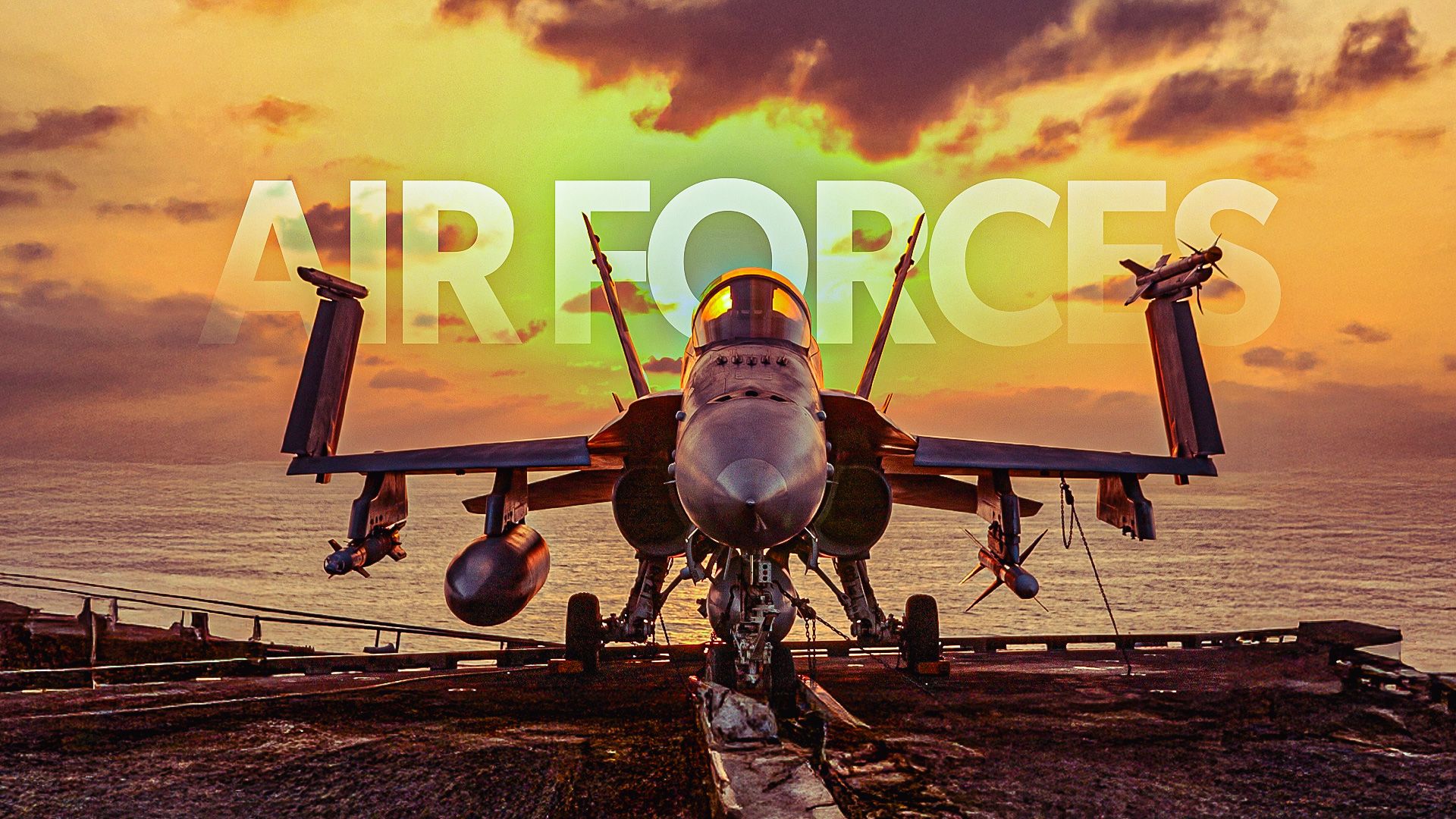The landscape of global air power is evolving, with significant shifts in the numbers and capabilities of fighter jet fleets around the world. The United States maintains a strong lead with a total of 2,651 fighters, but new developments in China, India, and Russia indicate a dynamic shift in military aviation capabilities.
United States: Leading in Numbers and Technology
The United States Air Force, Navy, and Marine Corps collectively possess a formidable fleet, with nearly 2,000 operational fighters in the Air Force alone. The F-22 Raptor continues to dominate as a premier air superiority fighter, while the F-35 Lightning II program has significantly increased the number of fifth-generation fighters in service. The US Navy operates the largest bluewater carrier fleet globally, supported by advanced aircraft like the F-35B and F-35C variants.
Despite its numerical superiority, the US faces challenges as smaller, technologically advanced adversaries emerge. Nations like China are rapidly modernizing their fleets, presenting new threats through innovations such as long-range missiles and drone technology.
China: Rapid Expansion of the PLAAF
The People’s Liberation Army Air Force (PLAAF) boasts approximately 2,157 fighters, with a mix of indigenous designs and aircraft influenced by Russian technology. The J-20, a stealth fighter, highlights China’s ambition to enter the ranks of nations with advanced air capabilities. This aircraft is primarily tasked with targeting high-value enemy assets, and its increasing presence underscores China’s commitment to military modernization.
In addition to the J-20, China is expanding its naval aviation capabilities with the induction of the Shandong aircraft carrier and the upcoming Fujian, which will enhance its operational reach. The diverse fleet, including the J-10 and J-16, illustrates China’s focus on developing a multifaceted air force capable of engaging in various combat scenarios.
India: A Diverse and Evolving Air Force
India’s air power, with 578 fighters, showcases a blend of domestic and foreign designs. The HAL Tejas, a home-grown fighter, is central to India’s modernization efforts, set to replace older aircraft such as the MiG-21. Recent conflicts have expedited this transition, pushing the Indian Air Force (IAF) to enhance its capabilities rapidly.
The IAF also operates a varied fleet that includes Russian Sukhoi Su-30MKIs, French Dassault Rafales, and UK’s SEPECAT Jaguars. Ongoing modernization initiatives aim to improve the effectiveness of existing aircraft while exploring opportunities for new acquisitions, including advanced variants of the F-16 and additional Rafales.
Russia: Navigating Challenges Amidst Conflict
Russia’s Aerospace Force maintains a formidable fleet of 1,147 fighters, but the ongoing conflict in Ukraine has highlighted discrepancies between the number of aircraft and their operational effectiveness. Advanced platforms like the Sukhoi Su-57 have struggled to demonstrate their capabilities, as the bulk of operations relies on older models like the Su-30 and Su-34.
The war has prompted a reevaluation of tactics, with a shift towards long-range engagement and the increased use of drones. Recent challenges, including attrition and logistical issues exacerbated by sanctions, have further complicated Russia’s military aviation landscape.
Japan: Enhancing Defense Capabilities
Japan’s Air Self-Defense Force operates approximately 253 fighters, including cutting-edge models like the F-35A Lightning II and the indigenous Mitsubishi F-2. The F-35A represents a significant advancement in Japan’s air capabilities, providing stealth and advanced avionics for modern air defense.
The country is also preparing to enhance its naval aviation with the acquisition of the F-35B, capable of operating from its helicopter carrier, Izumo. This strategic move aims to project power across the region and strengthen Japan’s defense posture amid rising tensions.
While the United States continues to lead in overall numbers and technological advancement, the growing capabilities of nations like China, India, and Japan indicate a shifting balance in global air power. As these countries modernize their fleets, the strategic landscape of military aviation is likely to continue evolving, posing new challenges for established powers.
